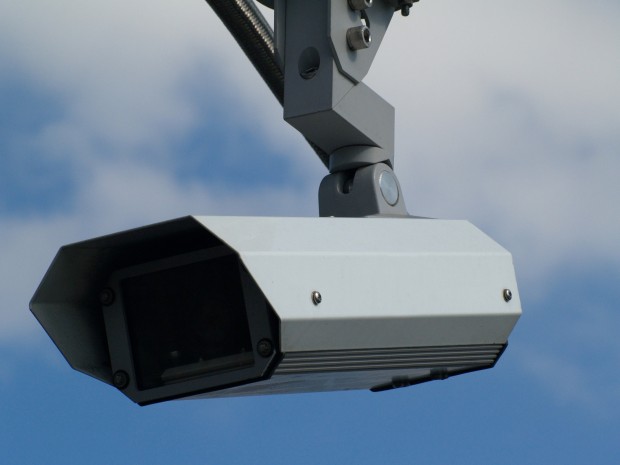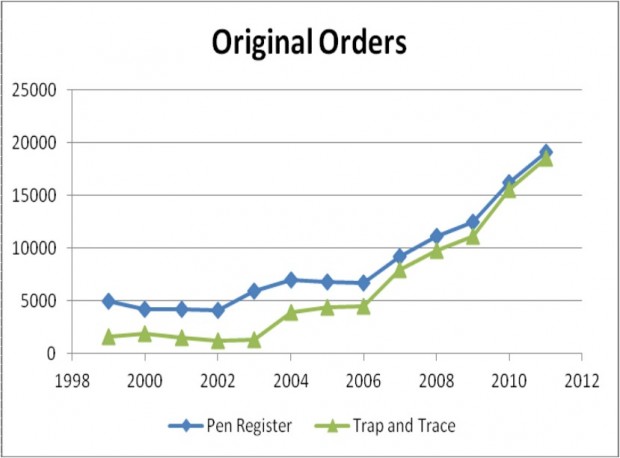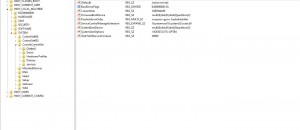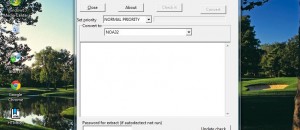We already know about the once-secret but now-public warrantless wiretap program, Terrorist Surveillance Program, run by the National Security Agency that spies on Americans (and non-Americans). There is also a possibility of the NSA spying on the general American public without good reason, if a former NSA director is to be believed. Now, thanks to a Freedom of Information Act request filed with the Justice Department by the American Civil Liberties Union (ACLU), we know how widespread a different type of warrantless surveillance is. And trust me the numbers are not encouraging.
The ACLU has obtained information from the Justice Department regarding “pen register” and “tap-and-trace” surveillance conducted by the American government and law enforcement agencies on residents of the United States. These types of surveillance allow law enforcement, or whoever is installing the surveillance, to obtain outgoing phone numbers (pen register) and incoming phone numbers (tap-and-trace) of the tapped phone It is key to note these surveillance methods do not record the content of phone calls and thus they do not, by law, require a warrant — “reasonable suspicion” is enough.
While in the past pen register and tap-and-trace surveillance has been limited to phone calls, it has now been expanded to e-mail and electronic communication, too. Also, previously physical devices would be required to install this type of surveillance but modern technology has allowed pen register and tap-and-trace spying to happen without any physical modifications — law enforcement just needs phone companies, e-mail providers, ISPs, etc. to cooperate.
According to the data revealed by the Justice Department and compiled by the ACLU, the total number of “original orders” for pen register and tap-and-trace surveillance hit 37,616 in 2011; this is a 662% increase from 2001’s 5,683 and 60% increase from 2009’s 23,535:
With the increase in original orders there is obviously an increase in the number of people affected by these orders:
As the ACLU points out, more people have been affected by pen register and tap-and-trace surveillance in the past two years than in the paste ten.
Although Internet surveillance is still minute compared to phone surveillance, it has seen an increase of 361% from 2009 to 2011:
While no one (most no one) is questioning the need for such surveillance for the purposes of law enforcement, there is growing frustration at the lack of oversight. For example, as the ACLU points out, the Justice Department is required by law to provide annual reports that reveal the following:
- The period of interceptions authorized by each order and the number and duration of any extensions of each order
- The specific offenses for which each order was granted
- The total number of investigations that involved orders
- The total number of facilities (like phones) affected
- The district applying for and the person authorizing each order.
However, the Justice Department rarely, if ever, provides such reports and when it does provide them, the reports are lost “into a congressional void” instead of reaching the public.
If this isn’t scary enough for you, keep in mind this type of surveillance is only a drop in the bucket of other spying the government does, with or without warrants. For example, the above information doesn’t include cell phone or GPS tracking activities or the already-mentioned NSA domestic spying activities. So while this data does show something, it isn’t the whole picture — not by a long shot.
What a fun world we live in.
[via ACLU, Wired, ArsTechnica]

 Email article
Email article







